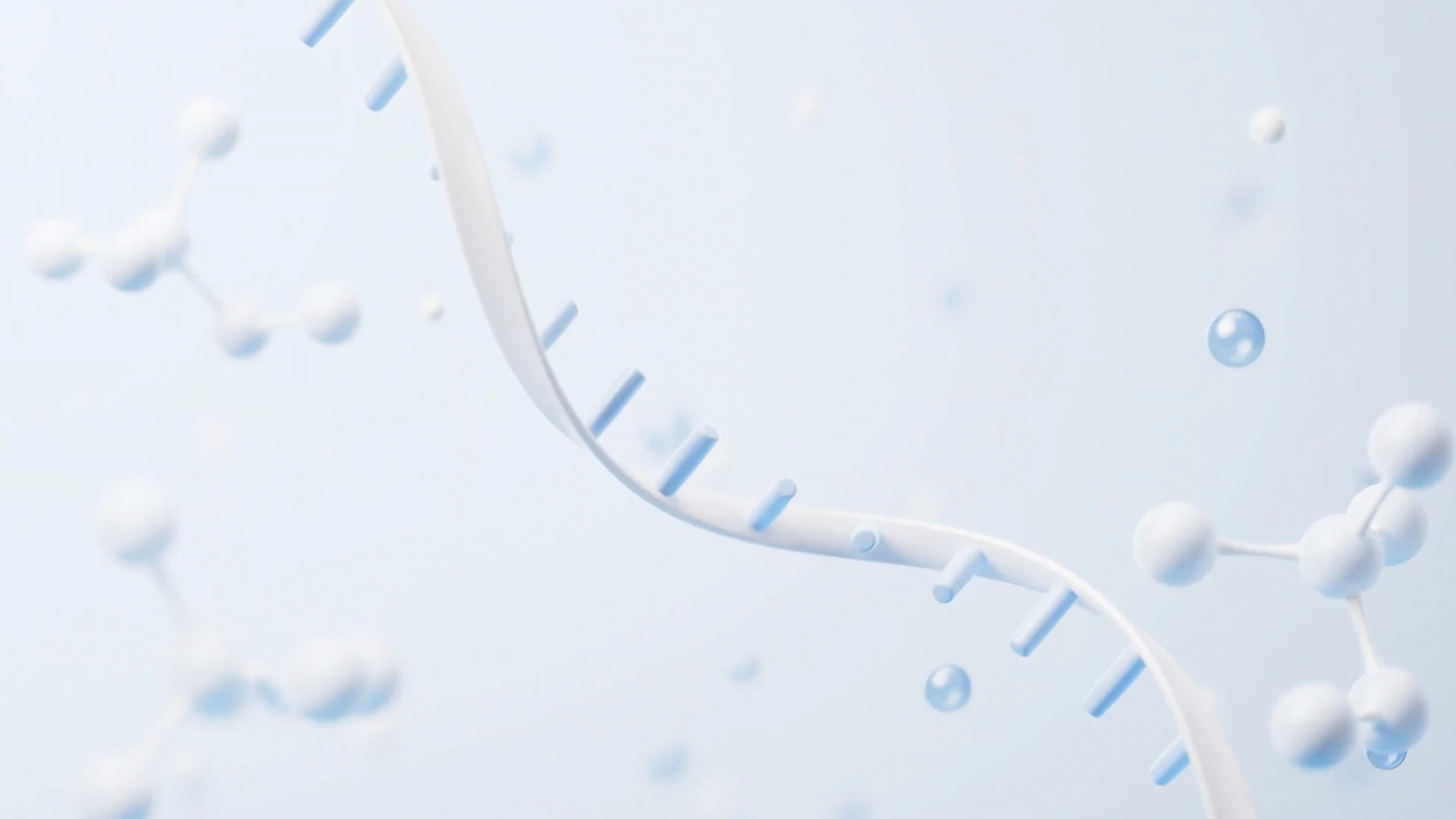eSHAPE reveals RNA secondary structure, providing detailed information to better understand RNA biology and develop more effective RNA therapeutics.
Contact us
eSHAPE provides actionable insights into the secondary structure of RNAs across conditions.
RNA structure plays critical roles in biological processes such as translation and stability, and is a major determinant of the ability of small molecules to bind and regulate their targets. As the exclusive licensee of the chemical NAI, we have optimized the SHAPE-MaP protocol to reveal RNA secondary structure in vitro, in cells, and in LNPs.
Contact usOverview
Use:
RNA secondary structure, nucleotide accessibility
Typical species:
Human, mouse, IVT sequences
Typical samples:
In vitro, LNP-encapsulated, and cellular RNA

Directly determine RNA structure
Ready to start your eSHAPE project? Contact us today.
Contact usProbe RNA
NAI forms adducts with unpaired bases leading to mutations after reverse transcription. Probing is done in vitro, in LNPs, or in cells.
Sequence
Control and mutated libraries are
prepared and next-generation sequencing is performed.
Analyze
Custom bioinformatics analyses are performed to determine RNA secondary structure and nucleotide accessibility.
Discover
RNA folding
The following are some examples of the types of insights that eSHAPE can provide. For our partners, we perform additional analyses to provide actionable insights for therapeutic success.
Directly determine RNA structure
RNA folding is a complex process that depends on the sequence of the RNA, the rate of transcription, the presence of RNA-binding proteins, and other factors. Typical in silico prediction methods cannot account for cellular effects, limiting their utility for drug development. eSHAPE directly measures RNA structure in the natural environment, increasing accuracy of structure predictions for the effective design of small molecule and small oligonucleotide therapeutics.
Predicted structures do not account for cellular factors that can affect RNA folding. eSHAPE provides direct evaluation of structure in the cellular environment.
Measure structure across conditions
RNA structure is not fixed, with different confirmations occurring after in vitro transcription (IVT), in LNPs, and in the cell. Our optimized eSHAPE assay allow us to measure structure across different conditions, revealing how an RNA changes as it moves from manufacturing to cell entry. This allows mRNA therapeutic developers to determine if LNP formulations lead to less base pairing and instability, or if entry into the cell makes protein binding sites accessible.
RNA structures can change with different LNP formulations, potentially leading to changes in drug product stability. Data was generated in partnership with Acuitas Therapeutics.
Find protein binding
In this dataset, we have performed both in vitro (without cellular factors) and in cellulo (with cellular factors) eSHAPE. By comparing the difference in reactivity of these two conditions with ΔSHAPE, we can detect nucleotides that interact with cellular factors such as RNA-binding proteins.
eSHAPE-based identification of protein binding sites on the gene FTL that are known to be bound by the RBP IRP1.
